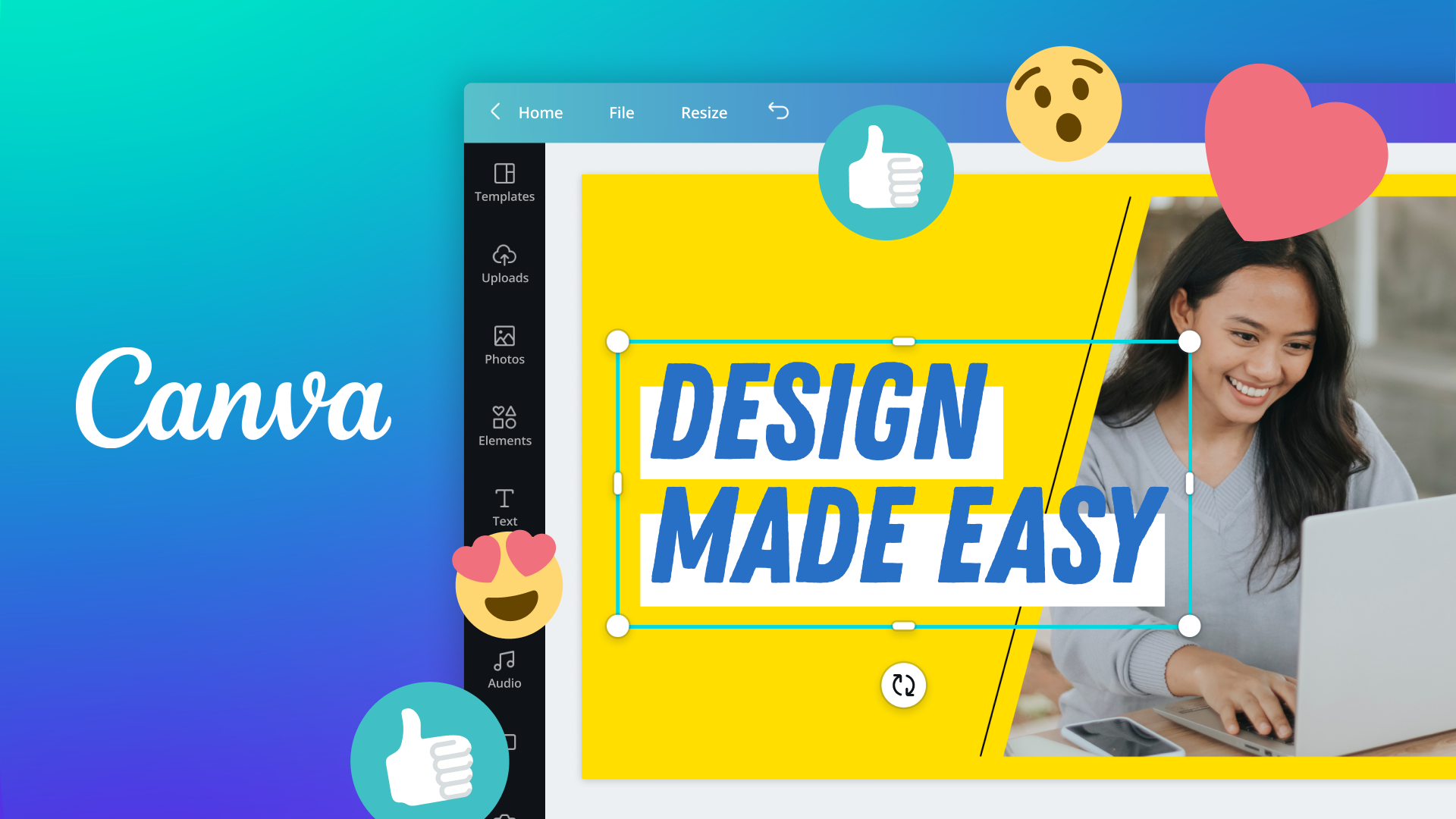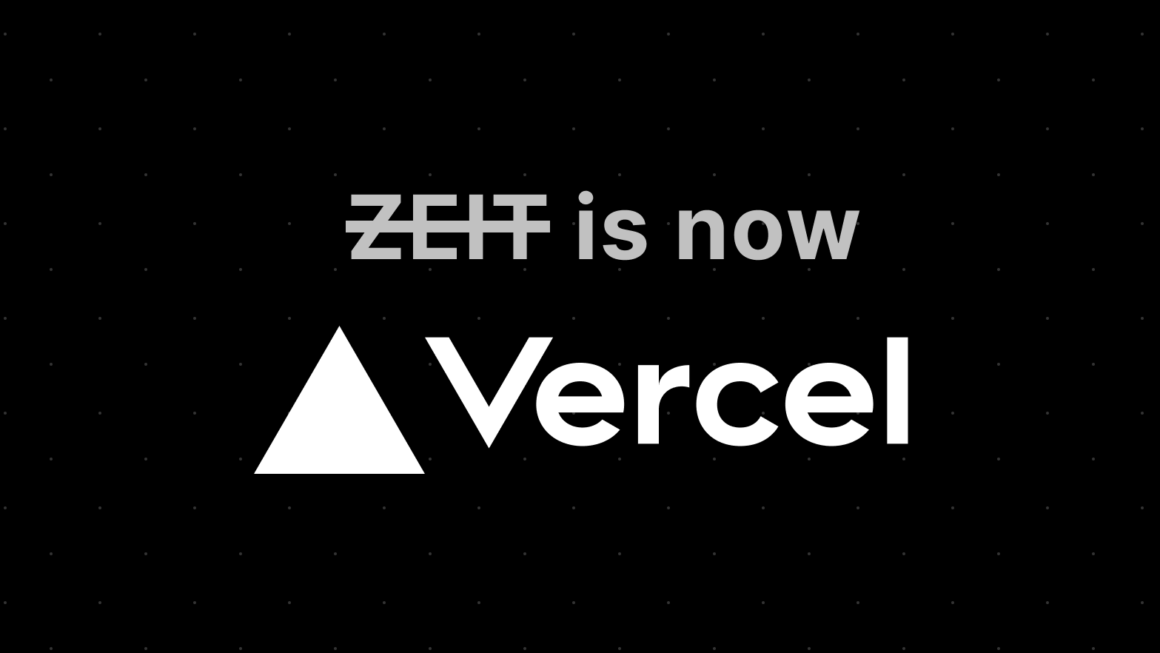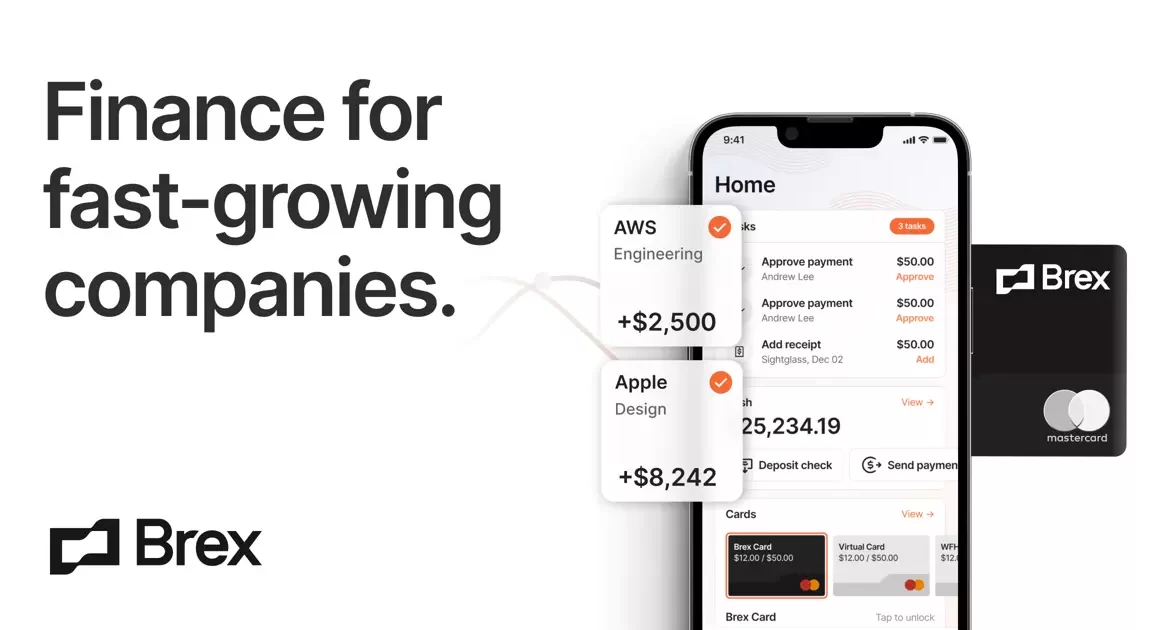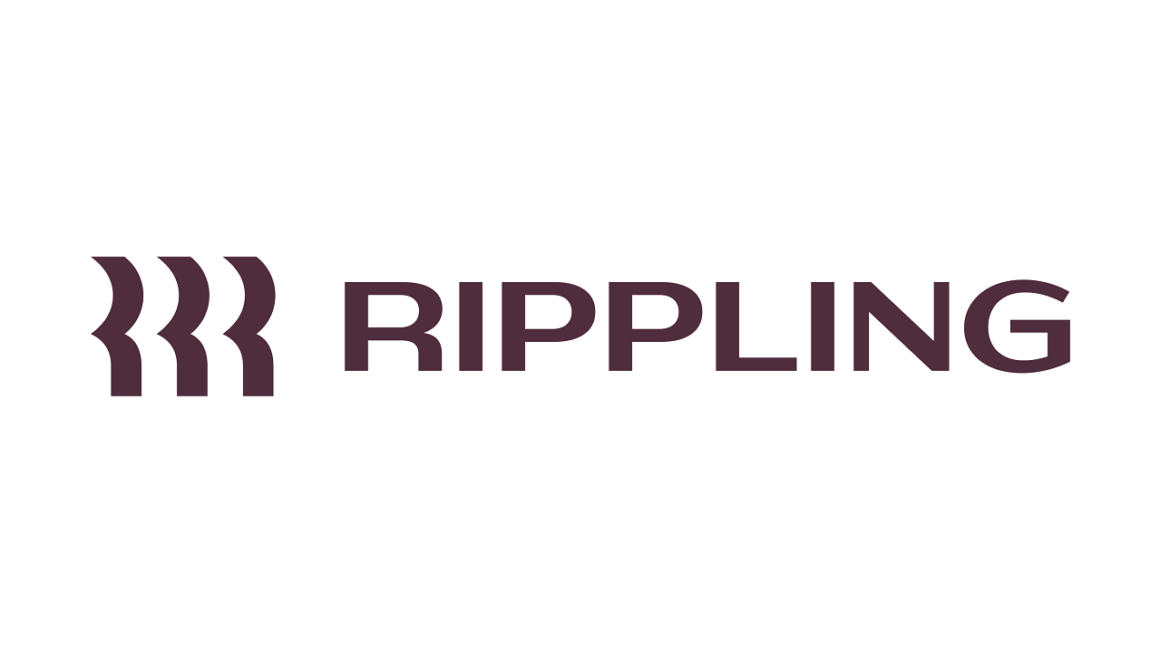What is Canva?
Canva is a free online graphic design tool that allows anybody to create many forms of visual material.
Thanks to its enormous template library and vast stock picture portfolio, this includes everything from social media visuals to presentations, posters, and papers.
How Canva Started? / Origins of Canva
Melanie Perkins, the founder of Canva, was no stranger to the concept of starting a business. Growing up in Perth, she decided at the age of 14 to start selling handmade scarves at local stores and fairs.
Her entrepreneurial spirit continued after high school, as she worked as a private instructor for students who struggled with the many graphic design tools at the University of Western Australia, where she majored in communication. Canva was inspired by this.
She set out to create a platform where you wouldn’t need any technical knowledge to let your imagination run wild. Perkins didn’t want to limit her concept to simply yearbooks, but given how time-consuming preparing a school yearbook was, she believed it was a good niche to test her concept in. She was so dedicated that she dropped out of university to co-found ‘Fusion Books‘ with her lover at the time, Cliff Obrecht.
With easy drag-and-drop tools, Fusion Books enabled students and schools to construct their own yearbooks. The site also included a large collection of templates that could be personalized with photos, fonts, and graphics. The company operated out of Perkins’ mother’s lounge, where they produced the actual yearbooks, although it served clients all around Australia.
Fusion Books evolved into Australia’s largest platform of its sort in five years, even extending into New Zealand and France. Surprisingly, the firm is still in operation today, demonstrating that the school yearbook concept answered a real-world need.
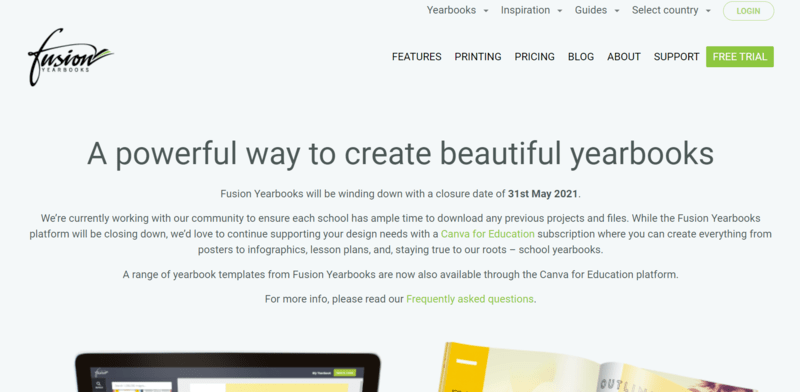
Despite the popularity of Fusion Yearbooks, Melanie Perkins wanted to continue her idea of creating a whole design ecosystem where anyone could create anything they desired. She continued to present her proposal to possible investors, but she was turned down by over 100 of them.
Her major break came in 2010, when she won a startup competition in Perth judged by investor Bill Tai. Despite the fact that Perkins was not competing in the event, she was able to meet with Tai.
So, how did she do it?
“I met him after a conference, I spoke to him for five minutes, and he said if I went to San Francisco he’d be happy to meet with me. So I jumped on a plane to San Francisco and true to his word he met with me. I brought out my paper pitch deck of the future of publishing, and at that point in time I thought that he didn’t really like what I had to say, he was on his phone and I thought that meant he wasn’t really engaged, but then I got home and realized he was actually introducing me to a few people.”
Tai even invited Perkins to his annual investor retreat, MaiTai. Because the retreat prominently included kitesurfing, Perkins had to master the sport quickly in order to impress the investors surrounding her. She accomplished exactly that during the retreat, not just with her business concept, but also with her freshly taught kitesurfing talents.

Soon after, Perkins began pitching to Silicon Valley investors and establishing a technical staff. In the absence of a technical adviser, Tai recommended them to Lars Rasmussen, co-founder of Google Maps, who accepted the position. He took almost a year to recruit the suitable engineers for the task due to the scope of the project.
Patience paid off, as Cameron Adams and Dave Hearnden, both former Google workers, joined as tech co-founders and developers.

Canva Funding
The startup got $1.6 million in seed capital from notable Australian and US investors such as Matrix Partners, InterWest Partners, and 500 Startups. Canva also obtained a $1.4 million subsidy from the Australian government to ensure that the company continued to operate within their borders. Canva went live in 2013 with the support of all of these organizations.
Thiel’s Founders Fund and Shasta Ventures contributed additional $3 million to the firm by 2014.
Canva just secured $200 million in a fundraising round, elevating the firm to the ranks of the world’s most valuable companies. Canva has raised a total of $572.6 million in 14 rounds of venture capital investment, according to Crunchbase.
Also Read: Grammarly – Founders, Business Model, Growth Story & Revenue
How Did Canva Become So Successful?
Canva had over 50,000 sign-ups in the first month of its inception, and the number has only grown since then. This was due in part to the popularity of social media among businesses that utilized it to promote advertisements. By 2014, the firm had 600,000 users who had created 3.5 million designs on the platform. Not bad for a site that had only been up for a year!
In 2015, the firm introduced a premium version of its services for $10 per month. Canva was designed exclusively for corporate enterprises, with high-quality design features and the ability to pick from millions of royalty-free stock pictures for their ad campaigns, making it a one-stop-shop for all things marketing and promotions.
The design software’s user-friendly interface is the primary reason behind Canva’s success. Designing may be done by anyone, and it can all be done online. Canva, unlike other complex and pricey design software tools, is accessible and usable by everyone.
How Does Canva Make Money? / Business Model of Canva
Canva has two premium editions as well as a freemium platform.
Canva Pro and Canva for Enterprise, which provide additional functionality and access to things like stock pictures and design components, earn cash for the platform.
Canva Growth
Canva has over 60 million active users and has generated over 7 billion designs as of 2021. Canva has operations in 190 countries and now employs 2,000 individuals in its international locations.
Canva Revenue
Canva estimates annualized revenue to approach $1 billion by the end of 2021, with over 500,000 enterprises paying for the product in some manner.
Salesforce, Marriott International, PayPal, and American Airlines are among the firms on the company’s special enterprise plan.
How Much is Canva Worth?
Canva got $200 million in its most recent seed round and is currently valued at $40 billion, making it the world’s sixth most valuable private firm.
Canva is not only extremely valuable in terms of capital, but it is also one of the few profitable unicorn firms.
Wrapping Up
Melanie Perkins has gone from running a thriving yearbook design firm from her mother’s house to launching a graphic design platform that anybody can use in just over a decade. Despite being rejected by over 100 investors, her perseverance and self-belief enabled her to acquire access to a network of individuals who shared her vision, culminating to the birth of Canva in 2013.
Canva has grown to be the industry leader in 8 years by identifying and fixing a real-world problem, a notion Perkins is familiar with. This has enabled Perkins to use the billions of money she has amassed to address causes dear to her heart.
Perkins and Obrecht have one of the most inspiring startup tales in the world. They began as a yearbook company in their home room and have now gone on to create some of the most profitable and imaginative design tools on the globe.
To read more content like this, subscribe to our newsletter
